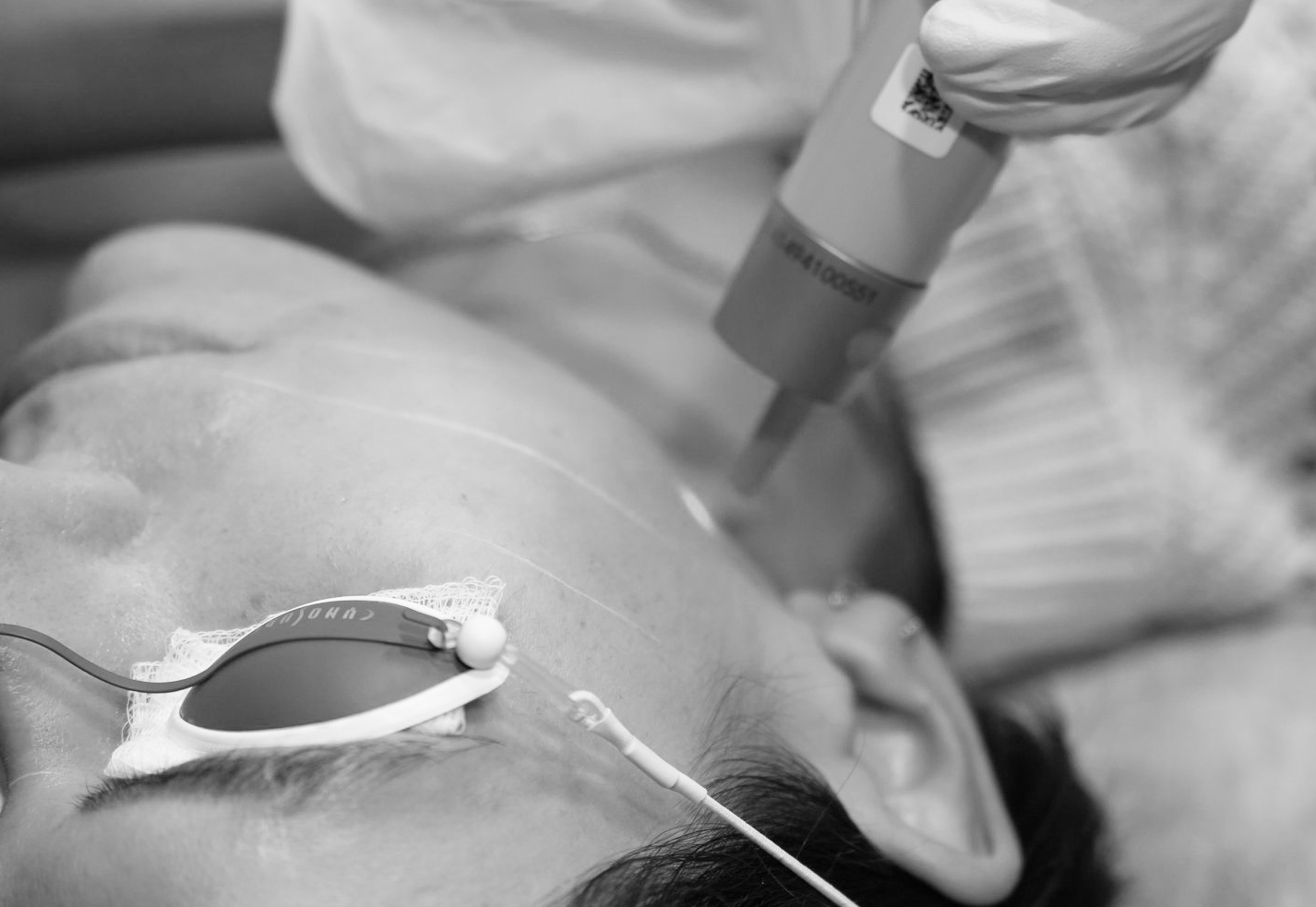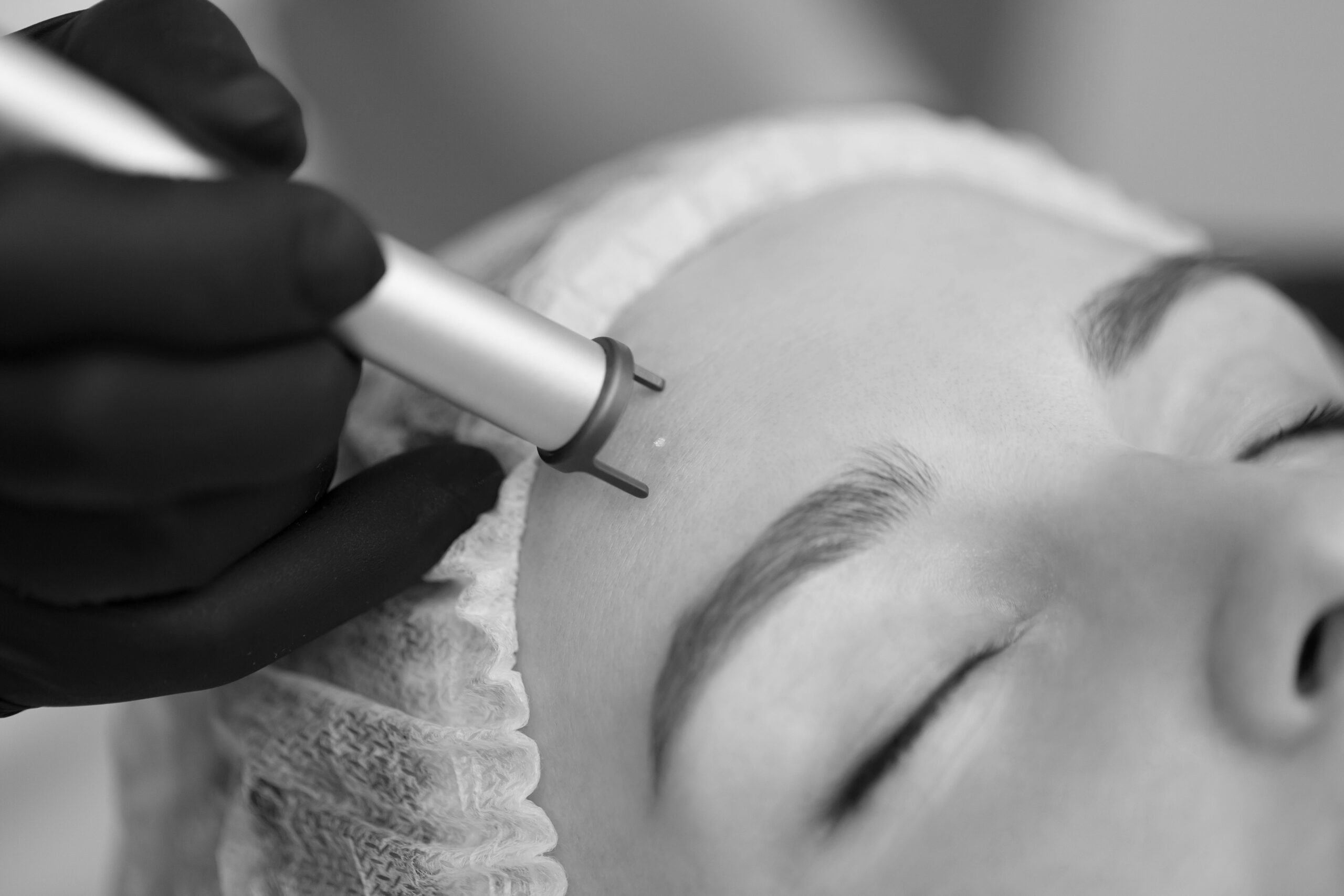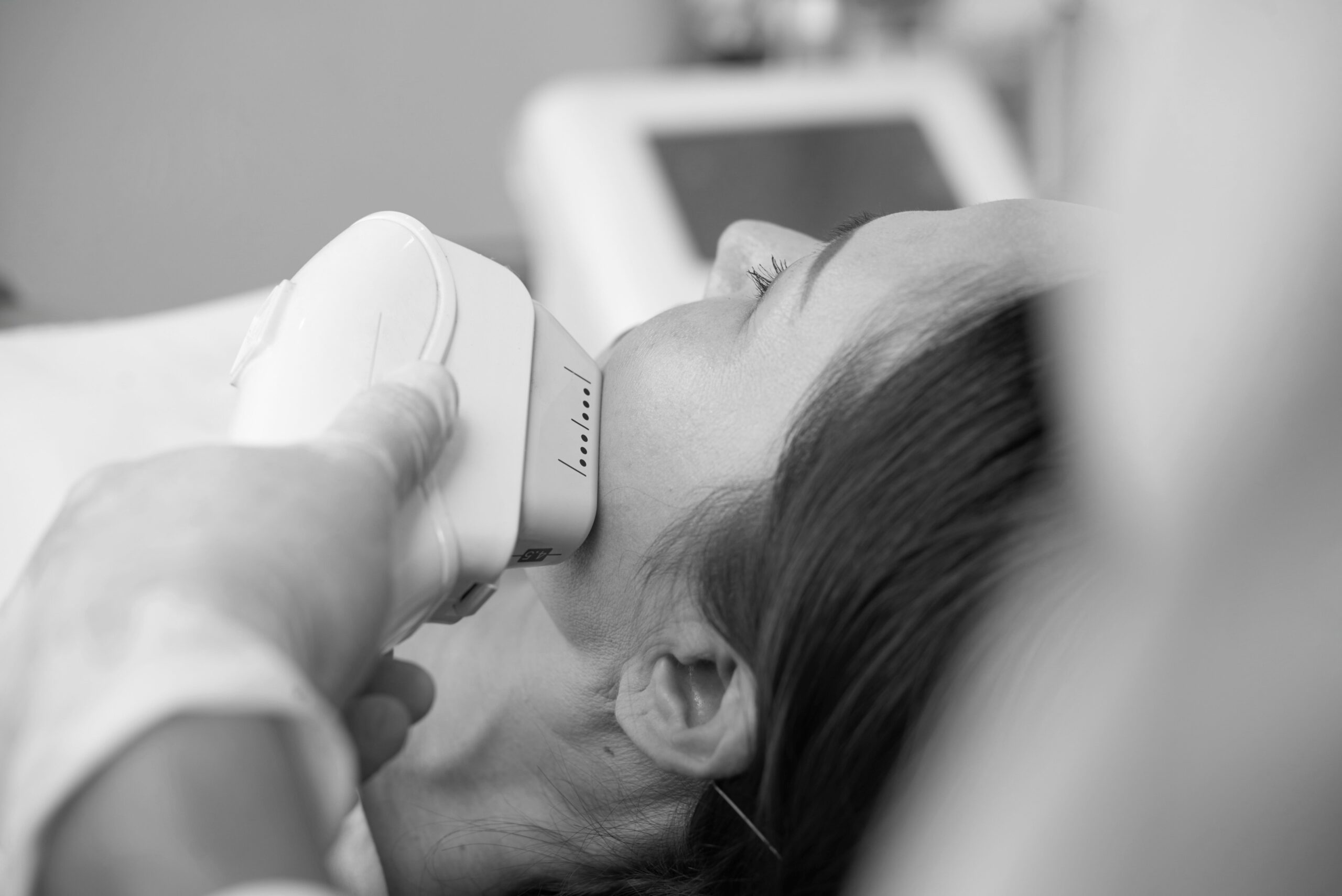For superficial epidermal pigment, pigment lasers (e.g. 532 laser or Ruvy-Touch laser) can be used to treat these conditions.
There are many different kinds of skin pigmentation. Common pigmentary conditions include e.g. solar lentigenes, freckles, melasma, etc. The types of treatments for skin pigmentation conditions differ according to the condition itself.
It is essential that you go to a professional aesthetic doctor to get a diagnosis of your condition and treatment for it.
Benefits of Laser Treatment for Pigmentation
Laser treatments have emerged as a widely sought-after solution for addressing skin pigmentation concerns. Thanks to technological advancements, this treatment method has garnered a reputation for delivering outstanding results. There are several compelling advantages to opting for laser treatment to manage skin pigmentation:
Safety and Efficacy: Laser treatment for pigmentation and skin rejuvenation is a safe and highly effective approach, particularly when administered by a qualified professional.
Skin Tightening: This innovative treatment not only targets pigmentation issues but also enhances skin firmness. The result? A more youthful appearance with an even skin tone.
Reversal of Skin Damage: Laser therapy is adept at reversing various signs of skin damage, including brown spots, blotches, wrinkles, and freckles, leaving your skin looking revitalized and refreshed.
Refined Texture: Additionally, laser treatment for pigmentation and skin rejuvenation can minimize pore size, granting your skin a smoother and more refined texture.
How is the procedure performed?
The pigment lesions are usually pre-treated with a depigmentation cream e.g. hydroquinone 4% cream applied twice a day for 3 to 4 weeks before laser is performed.
On the day of the laser treatment, the face will be cleansed and numbing cream will be applied. Oral analgesics can be prescribed, depending on the pain threshold of the patient. The 532 laser or Ruvy-Touch laser is applied to the pigment, which results in erythema and a mild frosting to appear. A mild topical steroid and sunscreen are applied thereafter. Over the course of 5 to 10 days, the treated area will scab over and fall off, lightening areas of pigmentation.
What is interval between treatments and how many treatments will I need to see results?
The interval between treatments is typically between 3 to 4 weeks. The number of treatments needed to see appreciable results will largely depend on the type of pigment being treated, e.g. freckles may clear after just a single treatment, solar lentigenes may need up to 2 to 3 treatments before significant lightening of pigment is observed.
Are there any side effects?
For asian skin, there is an increased risk of Post-Inflammatory Hyperpigmentation (PIH) post-treatment with pigment laser. This is usually prevented by using the lowest possible settings and observing adequate treatment intervals. Topical steroids have also been observed to reduce the incidence of PIH.




